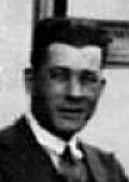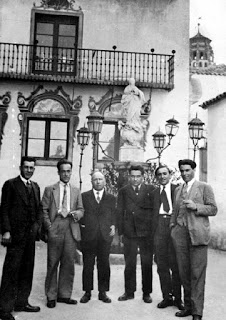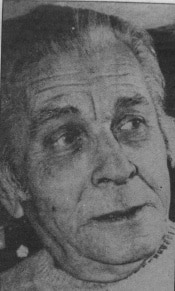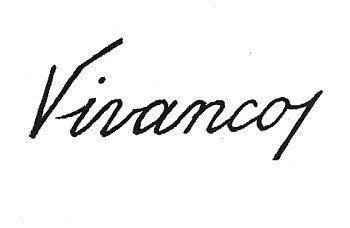
1895 - 1972
Miguel Vivancos

description
Before taking up the visual arts at the age of 50, the Spanish self-taught artist, was an active member of the revolutionary movements. Thanks to Pablo Picasso, Pablo Neruda, Francois Mitterrand, David Rothschild, Greta Garbo and Helena Rubinstein acquired the artist’s works; several galleries in Europe organized his personal exhibitions. He participated in significant collective exhibitions in Basel and Rome, Rotterdam and Rabat, Zagreb and Belgrade. His paintings were bought not only by European museums (Paris, and others), but also by museums in the USA and Brazil. The artist is included in the United Art Rating “10,000 Greatest Artists of the World of the XVIII – XXI Centuries”.
Key ideas:
– Independently acquiring some knowledge of drawing and painting, Miguel Garcia Vivancos first earned a living by creating small paintings with views of Paris (he usually used handkerchiefs as canvases). They were bought by the soldiers of the American army after the war. Then the desire to paint came to the elderly revolutionary as a revelation.
– Feeling homesick (Franco Regime forbade Vivancos to enter the territory of Spain), the artist filled his paintings with colors and characteristic details; those were landscapes of his country, its fiestas, views of the village, as well as the Parisian interiors and still lifes. Mostly he painted buildings surrounded by landscapes, which could be either almost realistic, or almost unrealistic.
– In his interview to Madrid press, Miguel Vivancos said, “I felt like I have never left Spain. I am at home here, and people whom I meet are my people.”
– As a person, who fought for justice for a long time, Vivancos did not avoid didactics in his paintings. The art of naïve painters is characterized by edification, as their main task is to improve the world with their art, or to show what it should be. Long signatures-instructions are used in the series of paintings “Great Ideas of a Western Man”. The artist tells how the laws of culture, beauty and morality should be, so that a person and society as a whole could comprehend the harmony of being.
– Like other naïve artists, Vivancos showed his long pent-up passion for drawing with an incredible power. Not knowing methods and technologies of the fine art, the artist with the talent of composite construction and harmonious color solutions painted in his own way. Specialists define this phenomenon as primitive-firstborn, “free” from the canons developed by centuries. Important is not the awkwardness of the image, but the fact that paintings of naïve artists have high reality of things, instead of just their appearance or almost cosmic essence characteristic of the art of professional avant-garde painters.
1895
1920
1930
1940
1947 - 1948
1950
1960
1970 - 1972
1972
The birth of the artist
Was repeatedly arrested

The artist was wounded at the Battle of Teruel

He spent four years in concentration camps

Decided to show his work to Pablo Picasso

Very famous people started buying his paintings

“Great ideas of the Western man "

The large collective exhibition "Von Rousseau bis heute"

The artist died on January 23

